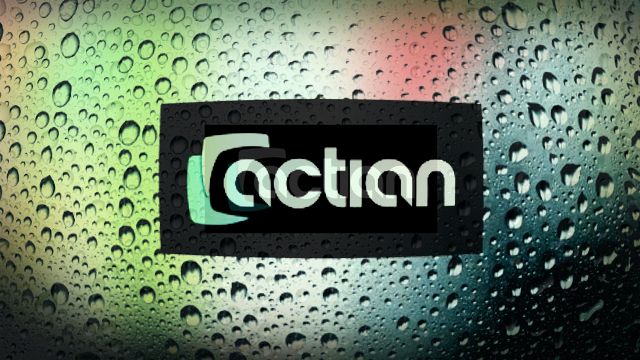Wikipedia has a whole host of proprietary terms to describe functions of its website and the way its founders want it to be used. You don’t need to know the ins and outs of every single Wikipedia term, but there are some that are quite important to understand if you are to make the best use of it on behalf of your business. Here are some of the most important terms:
The ‘Discussion’ pageDiscussion/Talk: All the articles on Wikipedia have a second tab, known as ‘discussion’ or ‘talk’ where the editors of that article discuss the changes that should be made to that article. ‘Discussion’ and ‘Talk’ mean the exact same thing in Wikispeak.
Article vs. Page: While these terms are often confused with one another, they have separate and distinct meanings. In the strictest sense, an article is a Wikipedia page that forms part of the main encyclopedia. They are what you will usually find when you search for a term using a search engine other than Wikipedia’s own search function. Articles may sometimes be called entries, but only informally. Articles can be pages, but not every page is an article – pages is a catch-all term for the pages on Wikipedia, which can have many uses besides hosting articles – for example a ‘discussion’ page.
Infobox: This is the box at the side of many articles that contains additional, at-a-glance information and statistics, such company logos, profile photos, founding or birth dates, and the city in which a firm is headquartered. Although it is quite common for articles about people and organisations to have an infobox, it isn’t a strict requirement – although it can make the article more user-friendly from a researchers’ point of view.
Navbox: This is similar to an infobox, and is usually found at the foot of an article. The purpose of these is to provide links to other articles on Wikipedia that are related to the topic of the article they are attached to. Although these can be useful, they are less commonly seen than infoboxes, as they are not applicable in all cases.
Editor vs. User: Because Wikipedia is edited by its users, there is no official difference between the terms ‘editor’ and ‘user’. However, the term ‘editor’ tends to imply that a person is a regular Wikipedia contributor, and considers themselves to be part of the Wikipedia community – a ‘Wikipedian’ if you will.
References vs. Citations: These are the little numbers that refer to the sources used to back up specific claims in an article, with the sources being listed (with links where appropriate) at the foot of the article. Citations and References are the same thing.
Sentence Case: This is an established format for capitalisations that sees the first letter of every sentence being capitalised, with capitals only being used for proper nouns (names of things) afterwards. Wikipedia uses this format for everything, from article titles and section headings to its policy pages. Therefore, you should always adhere to the ‘Sentence Case’ convention when editing or adding your own content.
History: Like ‘Discussion’, the ‘History’ page is a tab that is attached to each article. It shows the edits that have been made to the page it is attached to. All the edits that are ever made to a Wikipedia page are saved – and publicly viewable. This means that you have to be extra careful when creating or editing a page for fear of associating something with your firm that you may later come to regret.
Usage and Punctuation (US vs British English): Wikipedia uses both British and US English spelling and grammatical conventions throughout its English-language pages. As a rule, if a subject is clearly identified with one country, then it will follow the conventions of that country. If there is any grey area, all edits must be consistent with the existing article, with the notable exceptions of commas, periods, and citations, which always go after quotation marks.
Reversion/Reverts: When you undo someone else’s edit, or they undo one of yours, this is referred to as a ‘Reversion’ or informally as a ‘Revert’. These are all recorded on the ‘History’ tab for that article.
Templates: These are coded instructions that can be seen when you view an article in ‘Edit’ mode, and are usually in double curly brackets {{like this}}. If you are creating a new article, or making substantial changes to an existing one, they can be very useful for making the page look the way that you want it to, or to present information in a certain way.
I am a writer based in London, specialising in finance, trading, investment, and forex. Aside from the articles and content I write for IntelligentHQ, I also write for euroinvestor.com, and I have also written educational trading and investment guides for various websites including tradingquarter.com. Before specialising in finance, I worked as a writer for various digital marketing firms, specialising in online SEO-friendly content. I grew up in Aberdeen, Scotland, and I have an MA in English Literature from the University of Glasgow and I am a lead musician in a band. You can find me on twitter @pmilne100.



























